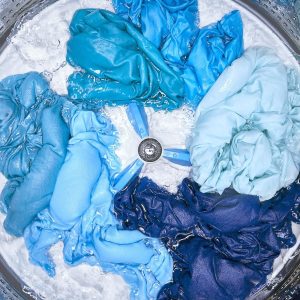Clothes Smell Bad After Dryer: Common Reasons and Solutions
Introduction: The Frustrating Problem of Smelly Clothes
As anyone who does laundry can attest, there’s nothing more frustrating than pulling freshly dried clothes from the dryer only to find they smell bad. Whether it’s a musty odor, a scent reminiscent of mildew, or something even more unpleasant, the experience can leave you feeling defeated. Understanding why clothes smell bad after dryer is crucial for every homeowner. By identifying the common culprits, you can rectify the issue and ensure your laundry emerges smelling fresh every time.
Potential Causes of Odor
1. Lint Buildup in the Dryer Vent
One of the leading causes of malodorous clothes is lint buildup within the dryer vent. Over time, lint can accumulate in the venting system, leading to restricted airflow. This not only makes your dryer less efficient but can also trap moisture, creating an ideal environment for mildew. The problem can escalate, leading to more severe issues such as dryer fires.
Statistics from appliance repair companies indicate that over 15,000 fires in homes yearly are linked to clogged dryer vents. Regularly checking and cleaning your dryer vent is essential for both safety and odor management.
2. Residue from Laundry Detergents
Another common reason clothes smell bad after dryer is residue left behind by laundry detergents or fabric softeners. If you use too much detergent, the excess can build up on your fabrics, leading to a sour smell, especially if the clothes are not dried properly after washing. Some fabric softeners can also leave a greasy residue that becomes stagnant, causing unpleasant odors.
3. Damp Environment
A damp environment can significantly affect the smell of your laundry. If your laundry room lacks proper ventilation, humidity can build up, and any moisture left in the clothes after drying can foster mold and mildew growth. This is particularly relevant in basements or areas with high humidity levels.
Research from home improvement specialists shows that a damp laundry area can increase the likelihood of laundry developing a musty odor, particularly in colder seasons when windows are typically closed to maintain heat.
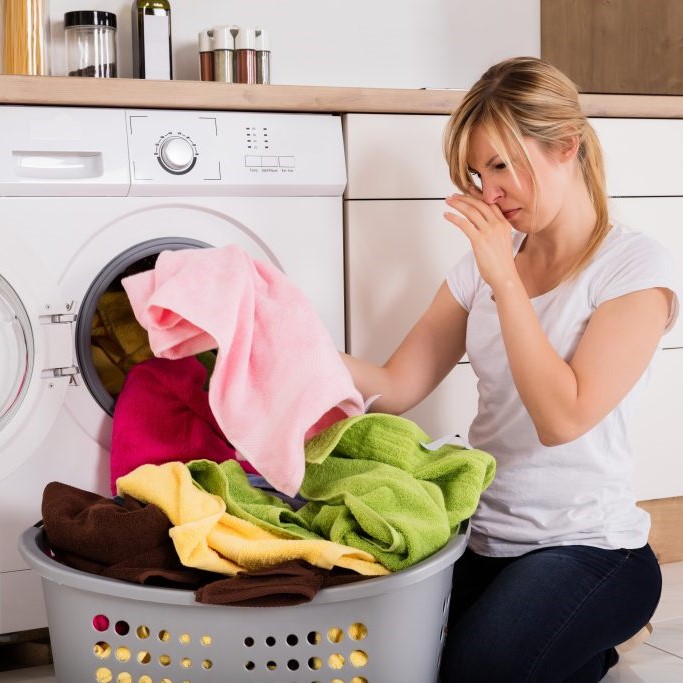 Problem-Solving Solutions
Problem-Solving Solutions
Cleaning the Dryer Vent
The first step in remedying your dryer odor problems is cleaning the dryer vent. Here’s how to do it effectively:
- Unplug the Dryer: Always ensure your safety by disconnecting the dryer from the electrical outlet.
- Detach the Vent: Disconnect the dryer vent from the machine. This often requires a screwdriver.
- Clean the Vent: Use a vent cleaning brush or a vacuum cleaner to remove any lint stuck inside. Ensure you reach all corners and the length of the vent.
- Check Exterior Vent: Inspect the exterior vent for any blockages. This also needs to be cleaned regularly to allow airflow.
- Reattach Everything: Once everything is clean and dry, reconnect the vent and plug the dryer back in.
Using Vinegar to Neutralize Residue
If detergent buildup is the root cause, white vinegar can come to your rescue. Here’s a practical method:
- Add Vinegar to the Wash Cycle: During the rinse cycle, add one cup of white vinegar. This helps to break down detergent residues and odors.
- Avoid Fabric Softener: Refrain from using fabric softeners when adding vinegar; they can negate its effects.
- Dry the Clothes Completely: Make sure the clothes are thoroughly dried afterward; damp clothes prompt odor retention.
Increasing Ventilation in the Laundry Area
Improving ventilation can help create an ideal drying environment:
- Open Windows: Opening windows while doing laundry can help reduce humidity.
- Use a Dehumidifier: In particularly damp areas, using a dehumidifier can decrease moisture levels effectively.
- Install Exhaust Fans: Consider installing an exhaust fan in the laundry area, which can improve airflow considerably.
 The Science Behind Odors in Dried Clothes
The Science Behind Odors in Dried Clothes
Clothing often smells bad after being dried due to a combination of factors relating to moisture, temperature, and the presence of bacteria. When clothes are dried at high temperatures, certain bacteria thrive in this warm, moist environment. These microorganisms can produce odors as they metabolize organic matter left on the fabric from sweat, food, or other substances.
The chemical principles behind this phenomenon involve the absorption of odor molecules by the polyester and cotton fibers commonly found in clothing. The fibers have a microstructure that can trap these odor-causing compounds, creating a lingering smell even after washing. This is why it’s critical to not only wash clothes effectively but also to address these odors before or during the drying process.
Utilizing High Heat Settings
When drying clothes, utilizing the high-temperature setting can help eradicate odors more effectively than lower settings. High temperatures can kill off bacteria and other microorganisms that may be causing those foul smells. Studies from textile laboratories have shown that clothes dried at high temperatures exhibit a significant decrease in odorous compounds compared to those dried on lower heat settings.
However, it is important to follow the care label on your garments, as excessive heat can damage delicate fabrics. If you must use a lower temperature, consider combining it with other odor-removing techniques for optimal freshness.
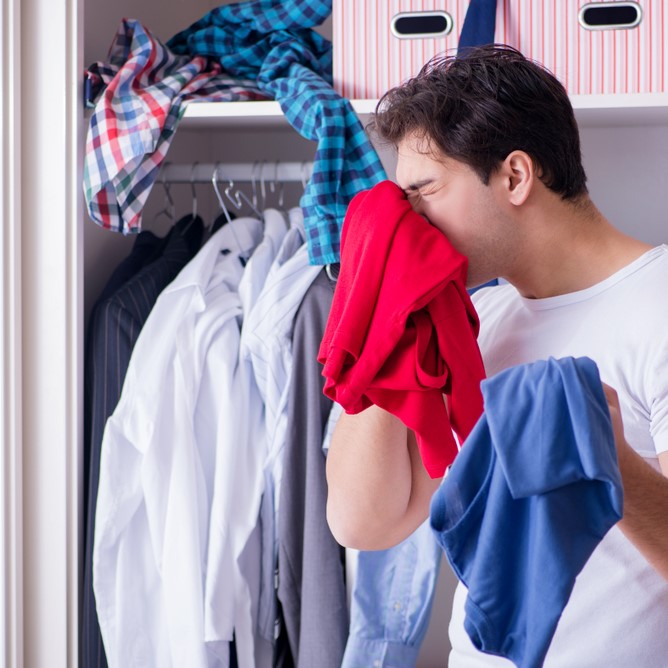 Recommendations for Odor Eliminators
Recommendations for Odor Eliminators
Using odor removers can enhance your laundry freshness significantly. Here are some tips for effectively integrating these products into your drying routine:
- Fabric Refreshers: Spray fabric refreshers on clothes before drying.
- Dryer Balls: Consider using wool dryer balls, which can help crack up fabric fibers while absorbing moisture and odors.
Effective DIY Solutions for Bad Odors
For environmentally conscious users who prefer natural solutions, several DIY methods can tackle persistent odors in clothes:
- Baking Soda and Lemon Juice: Mix a half cup of baking soda with a quarter cup of lemon juice and add it to the rinse cycle. The baking soda works as a deodorizer while the acids in lemon juice can help combat musty smells.
- Activated Charcoal Bags: Placing activated charcoal bags in your laundry would help absorb any unwanted smells. Charcoal has natural deodorizing properties that not only reduce odors but also help maintain freshness over time.
Pre-Treatment and Drying Techniques
Two effective methods for treating clothes prior to drying involve the use of white vinegar and adding dry towels during the drying process.
Pre-Treatment Method
- Soaking in Vinegar Water: Mix one cup of white vinegar with a bucket of warm water and soak the clothes for 30 minutes prior to washing.
- Wring Out Excess Water: Carefully wring out the clothes and wash them as usual.
- Dry as Usual: Dry the clothes using a high-temperature setting to ensure no residual odors remain.
Adding Dry Towels
Adding dry towels to a load of wet clothes in the dryer can alleviate odor production during the drying cycle. The dry towels help to absorb excess moisture and can improve airflow, which can assist in reducing odor absorption by the clothing fibers.
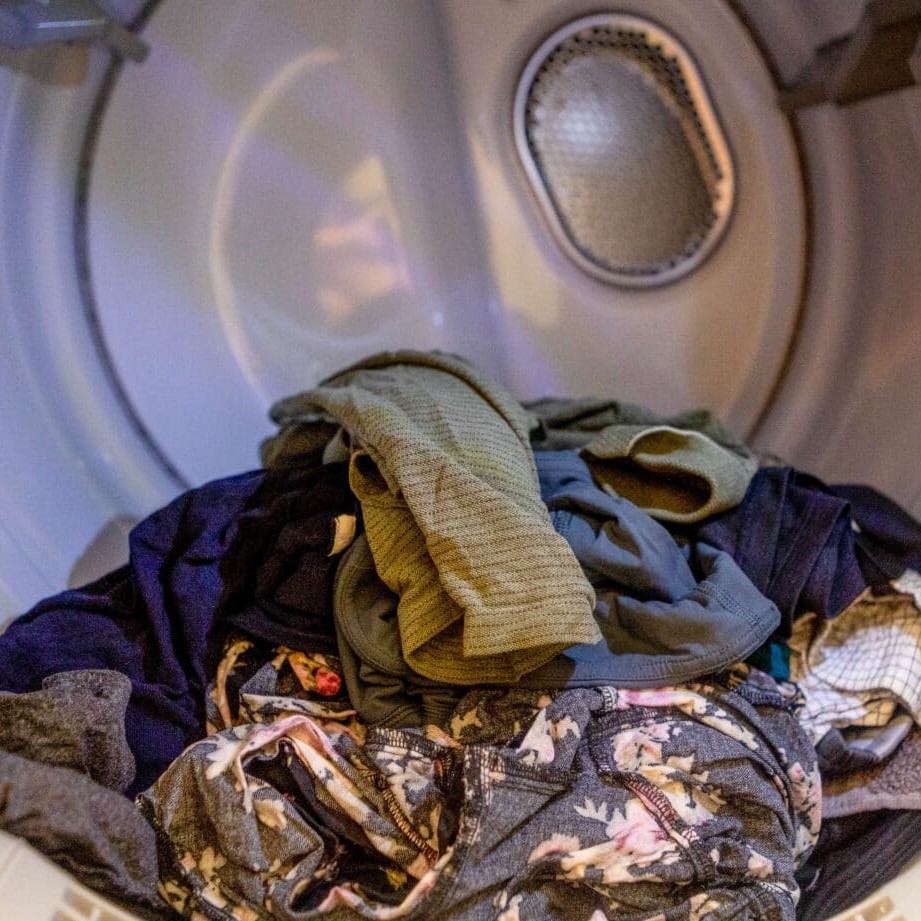 Maintenance of Your Dryer
Maintenance of Your Dryer
Taking the time to regularly clean and maintain your dryer will not only prolong its lifespan but will also improve its performance, reducing the chances of odors returning.
Cleaning the Condenser
- Unplug the Dryer: Start by disconnecting the dryer from the power supply.
- Locate the Condenser: Find the condenser unit typically located at the bottom of the dryer.
- Remove Dust: Clean off any lint and dust that accumulate on the condenser using a soft brush or vacuum.
- Rinse and Dry: If removable, rinse the condenser with warm water, allow it to dry, and then reinsert.
Routine Disinfection of the Drum
To prevent odors from building up in the drum:
- Create a Vinegar Solution: Mix equal parts of water and white vinegar.
- Wipe Down: Use a cloth soaked in this solution to wipe down the inside of the dryer drum.
- Run a Cleaning Cycle: If your dryer has a cleaning cycle, run it with an empty drum.
Monthly Maintenance Checklist
- Check and clean the lint trap.
- Inspect the dryer vent and hoses for blockages.
- Wipe down the drum with a vinegar solution.
- Ensure the condenser is clean.
- Inspect the door seals for wear or damage.
Following these guidelines aligns with recommendations from the U.S. Department of Energy, which emphasize the importance of cleanliness for maintaining energy efficiency and prolonging the life of your appliance.
Symptoms of Hardware Issues
While odors can usually be treated with cleaning and preventive maintenance, it’s also vital to be aware of hardware issues that may be affecting your dryer’s performance.
Common Signs of Wear
- Motor Aging: If your dryer is noisy during operation or struggles to start, this may indicate motor aging.
- Improper Sealing: Inspect the door seals; if they’re not closing properly, heat may escape, leading to unresolved odors in your clothes.
Costs of Repairs vs. New Machines
Understanding whether to repair your current dryer or purchase a new one can be daunting. Typically, repair costs can range from 100to400 depending on the issue, while a new energy-efficient model can cost between 600to1,200. However, investment in a new dryer can yield better energy efficiency and reduced operational costs over time.
Second-Hand Dryer Buying Guide
For those considering a second-hand dryer, here’s a guide to avoid common pitfalls:
- Check for Previous Repairs: Inquire about any repairs made to the appliance and whether they were completed by a professional.
- Test the Dryer: Ensure to run the dryer briefly and check for any unusual sounds or scents that may indicate underlying issues.
- Inspect for Rust or Damage: Look for any signs of rust or wear; this can indicate how well the appliance has been maintained.
- Research the Model: Understand the model’s reputation for durability and efficiency before committing to a purchase.
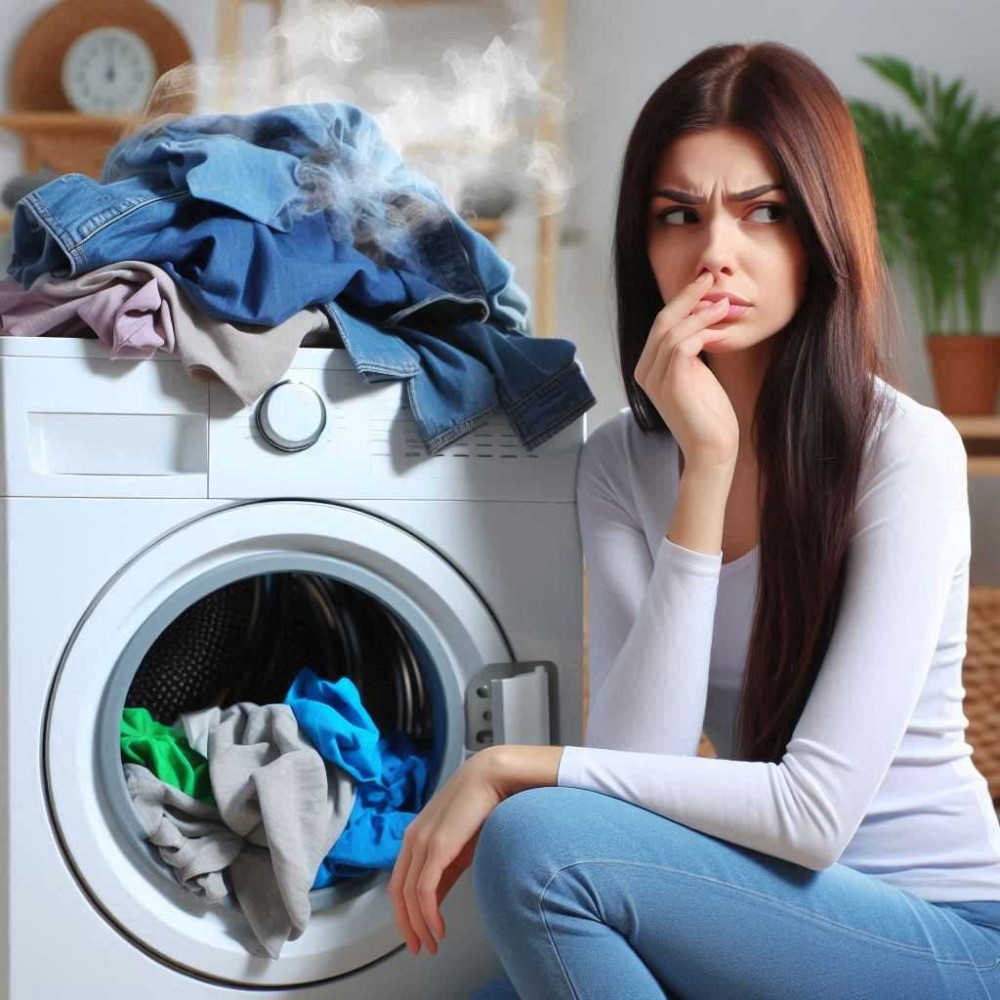 Conclusion: Clothes Smell Bad After Dryer
Conclusion: Clothes Smell Bad After Dryer
Understanding why your clothes smell bad after dryer can help you take actionable steps to combat these odors effectively. From cleaning dryer vents to using vinegar for residue removal, practical solutions can turn your laundry woes into fresh-smelling successes.
Being proactive about maintaining your dryer, managing humidity levels, and using the correct amount of detergent can all contribute to eliminating unwanted smells. With a bit of effort and regular maintenance, you can ensure that your laundry comes out of the dryer smelling fresh, crisp, and clean every time. Don’t let bad odors discourage you from enjoying the simple satisfaction of clean clothes—implement these solutions and breathe easy!
